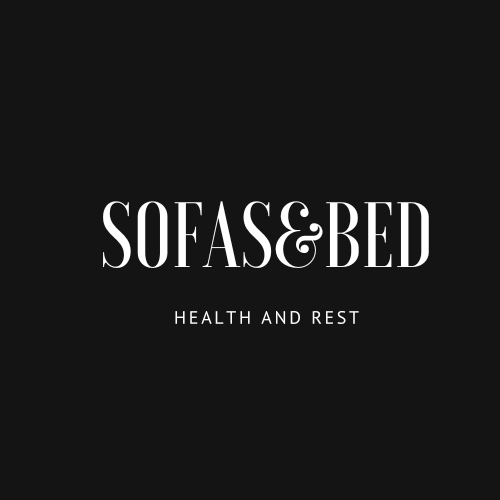Environmental Noise and Sleep: The Silent Battle for Better Rest
While we might “get used to” environmental noise, our brains never do. Understanding how different types of noise affect our sleep is crucial for achieving restorative rest in our increasingly loud world.
Understanding Noise Impact and Sleep Disruption
How Noise Affects Sleep Physiology
Physiological Responses to Noise
Cardiovascular Effects
- Increased heart rate
- Elevated blood pressure
Hormonal Reactions
- Stress hormone release
- Cortisol elevation
Sleep Architecture Alterations
Sleep Onset Issues
- Delayed sleep onset
- Difficulty settling into sleep
Sleep Stage Disruptions
- Reduced deep sleep
- Increased awakenings
- Altered sleep cycles
Sleep Impact by Noise Level Categories
Low-Level Noise Impact
Minimal Disruption Range
- 30 dB (Whisper)
- Minimal sleep disruption
- Natural ambient level
Moderate Disruption Range
- 40-50 dB (Quiet office)
- Light sleep disruption
- Possible adaptation
High-Level Noise Impact
Significant Disruption Range
- 60-70 dB (Conversation)
- Significant disruption
- Reduced sleep quality
Health Risk Range
- 80+ dB (City traffic)
- Severe sleep disruption
- Health impacts
Noise Management and Adaptation Strategies
Common Noise Sources Affecting Sleep
External Environmental Noise
Urban Environment Sources
- Traffic sounds
- Construction work
Emergency and Service Noise
- Emergency vehicles
- Neighborhood activity
Internal Building Noise
Building Systems
- HVAC systems
- Plumbing sounds
- Elevator operation
Occupant-Generated Noise
- Neighbor activity
- Appliances
- Electronic devices
Environmental Modifications for Better Sleep
Physical Sound Reduction Methods
- Sound Proofing
- Weather stripping
- Window treatments
- Door seals
- Wall insulation
- Room Acoustics
- Carpet or rugs
- Heavy curtains
- Acoustic panels
- Furniture placement
Sound Masking Technologies
- Passive Masking
- White noise machines
- Pink noise generators
- Nature sound devices
- Fan systems
- Active Noise Control
- Noise-canceling devices
- Smart earplugs
- Sound monitoring systems
- Adaptive noise reduction
Personal Adaptation Techniques for Noise Management
Cognitive Adaptation Methods
- Noise acceptance training
- Mindfulness practices
Relaxation Techniques
- Progressive muscle relaxation
- Breathing exercises
